27 February 2017
It was no mean feat “moving” the Design Museum in London from the building in the Bauhaus style on Shad Thames, which had housed it since 1989, to its new home on Kensington High Street—opened on November 24 last. It had taken its director Deyan Sudjic ten years to find the ideal location, draw up a plan and make it economically sustainable, thanks to a series of initiatives and partnerships that have raised the 83 million pounds required o fund the whole operation. Figures in line with the ambition to do “what Tate Modern did for contemporary art, for design” and attract over 600,000 visitors a year instead of the 250,000 who used to come to its previous home. A growth that should be assured by the tripling in the area of exhibition space (10,000 square meters laid out on three levels) and an innovative format. The container has been conceived by John Pawson, who has taken on his first public building, renovating the gem of 1960s architecture that is the former Commonwealth Institute. Pawson has created a series of minimalist spaces surrounding a large central atrium lined with oak whose dimensions increase as we move from floor to floor, as if we were inside an upside-down ziggurat. This structure frames the curves and arches of the magnificent parabolic roof of copper and concrete that covers the whole complex. In the most spectacular part of the museum, the top floor, Sudjic has decided to locate its main attraction: a permanent collection of almost 1,000 objects, analysed from the viewpoints of the designer, the maker and the user). Entry to the collection is free of charge. The others levels house temporary exhibitions, a store, a café and an auditorium (ground floor and basement), educational activities, a library, a film studio and the Swarovski Foundation Centre for Learning (on the second floor). The new Design Museum is the heart of the more extensive Holland Green project, which includes three residential blocks built to a design by OMA, the firm that together with Allies & Morrison and Arup has overseen the restoration of the Commonwealth Institute’s roof and façade. The manifesto of the new museum has been entrusted to Justin McGuirk and his Fear and Love: Reactions to a Complex World: ten installations that represent design’s role in dealing with questions like climate change, social injustice and data collection and privacy.

Photo: Luca Hayes.
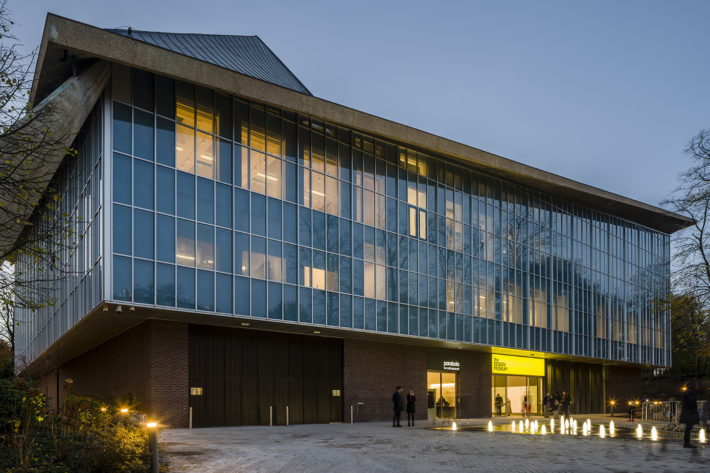
Photo: Gareth Gardner.

Photo: Luke Hayes.

Photo: Luke Hayes.
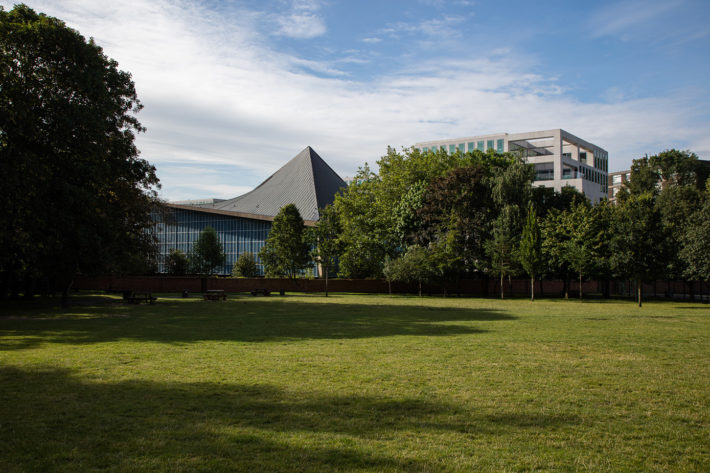
Photo: Luke Hayes.

Photo: Luke Hayes.

Photo: Gareth Gardner.

Photo: Gareth Gardner.
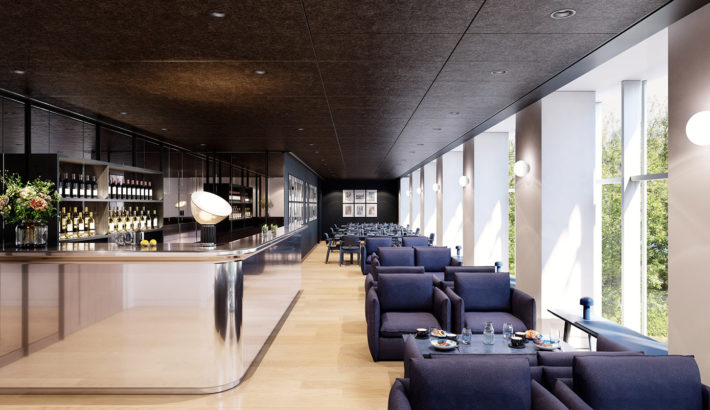
Photo: Luca Hayes.

Photo: Luke Hayes.

Photo: Luke Hayes.

Photo: Luke Hayes.

Photo: Gareth Gardner.

Fear and Love. Reactions to a Complex World. Design Museum, London, 2016. Photo: Luke Hayes.

Fear and Love. Reactions to a Complex World. Design Museum, London, 2016. Photo: Luke Hayes.

Fear and Love. Reactions to a Complex World. Design Museum, London, 2016. Photo: Luke Hayes.
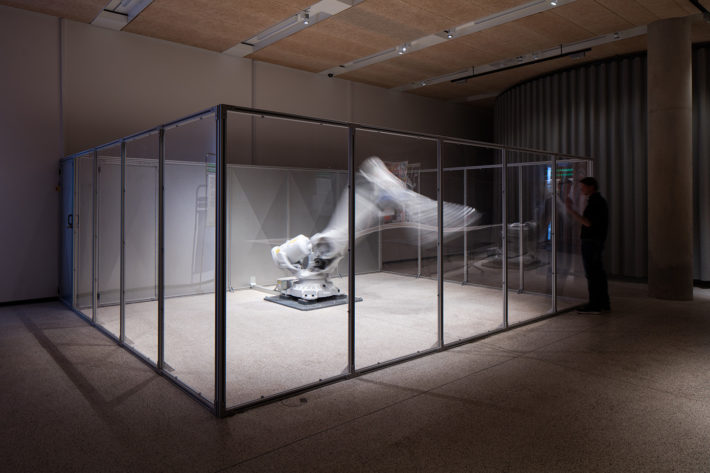
Fear and Love. Reactions to a Complex World. Design Museum, London, 2016. Photo: Luke Hayes.

Fear and Love. Reactions to a Complex World. Design Museum, London, 2016. Photo: Luke Hayes.

Fear and Love. Reactions to a Complex World. Design Museum, London, 2016. Photo: Luke Hayes.

Fear and Love. Reactions to a Complex World. Design Museum, London, 2016. Photo: Luke Hayes.
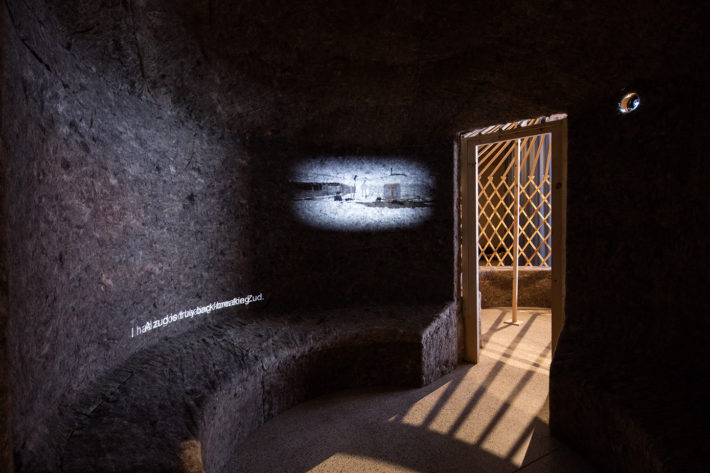
Fear and Love. Reactions to a Complex World. Design Museum, London, 2016. Photo: Luke Hayes.